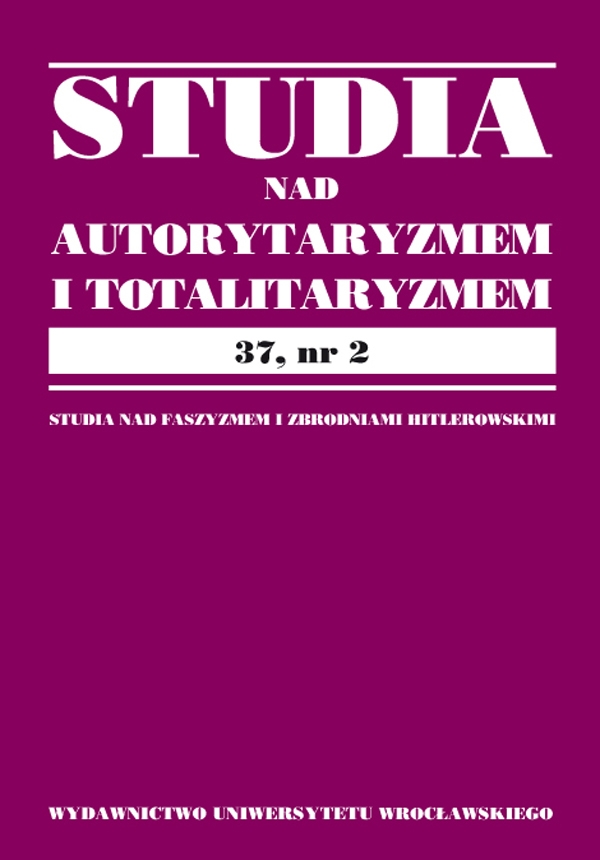

Artykuły

IUS RESISTENDI IN THE MIDDLE AGES. AN OUTLINE OF THE PROBLEM
The medieval right to resist was part of the political sphere individual and then collective actions, being at the same time a theoretical construct and later on also a legal institution. As it belonged to these three spheres, it was approached in a variety of ways. The question was defined fairly precisely only in normative acts of the early 13th century institutionalisation of the right to resist.
Drawing on Article 61 of Magna Charta 1215, it could be said that the right to resist was a right granted by the ruler by way of a normative act in the form of a contract authorising the subjects to collectively react in a variety of ways to the monarch’s actions violating their rights and privileges as well as principles of conduct and customs. Earlier on in the Middle Ages the aim of ius resistendi was to restore disrupted order. This was associated with the problem of bad ruler tyrant and a vision of the ruler’s role in society. In the Late Middle Ages the right to resist began to be used as a method of shaping the relations between society’s elite and the ruler.
As a means to restore the social order, the right to resist assumed various forms. The so-called passive right to resist consisted in “disobedience” refusal to fulfil an obligation, while the so-called active right to resist was manifested in both “harassment” of the ruler attacks on the monarch’s officials and estates and armed fight against the ruler until his deposition. Given the aim of ius resistendi reparation by the ruler of what he had done wrong, “tyrannicide” as its radical form was unique.
The evolution of the right to resist was influenced by the early Christian thought and German tradition as well as feudalism with its principle whereby the superior’s felony justified refusal to obey. Until the 11th century the question of ius resistendi was rarely raised among the Visigoths or the Franks. A breakthrough came with the investiture contest and the recognition of the possibility of depriving a monarch of his power, if he violated the existing order. This view was used in later disputes between the subjects and their rulers as well as in contract-based agreements concluded by the conflicted parties. The 13th century saw both a culmination of theoretical reflections St. Thomas’ views and first signs of a weakening of the political significance of ius resistendi omission of regulations concerning it from monarchs’ confirmations, recognition of the risk of resorting to ius resistendi owing to an uncertain outcome, the question of caution in theoretical considerations. Towards the end of the Middle Ages ius resistendi began to be replaced by actions of state-wide assemblies of estates restraining the ruler.